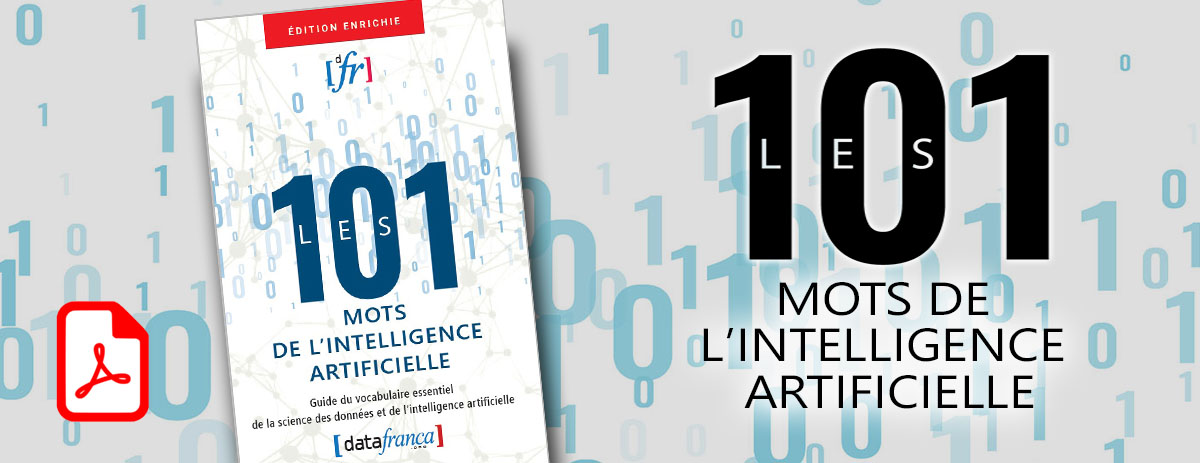« Règle de Bayes » : différence entre les versions
(Page créée avec « == en construction == Catégorie:Vocabulaire Catégorie:Sciende des données Catégorie:Datascience glossary == Définition == xxxxxxx == Français == xxxx... ») Balise : Éditeur de wikicode 2017 |
Aucun résumé des modifications Balise : Éditeur de wikicode 2017 |
||
| Ligne 2 : | Ligne 2 : | ||
== en construction == | == en construction == | ||
[[Catégorie:Vocabulaire]] | [[Catégorie:Vocabulaire]] | ||
[[Catégorie: | [[Catégorie:Science des données]] | ||
[[Catégorie:Datascience glossary]] | [[Catégorie:Datascience glossary]] | ||
Version du 14 septembre 2019 à 21:22
en construction
Définition
xxxxxxx
Français
xxxxxxx
Anglais
Bayes' Rule
Bayes' Theorem
Also, Bayes' Rule. An equation for calculating the probability that something is true if something potentially related to it is true. If P(A) means “the probability that A is true” and P(A|B) means “the probability that A is true if B is true,” then Bayes' Theorem tells us that P(A|B) = (P(B|A)P(A)) / P(B). This is useful for working with false positives—for example, if x% of people have a disease, the test for it is correct y% of the time, and you test positive, Bayes' Theorem helps calculate the odds that you actually have the disease. The theorem also makes it easier to update a probability based on new data, which makes it valuable in the many applications where data continues to accumulate. Named for eighteenth-century English statistician and Presbyterian minister Thomas Bayes.
See also Bayesian network, prior distribution
Contributeurs: Isaline Hodecent, wiki










